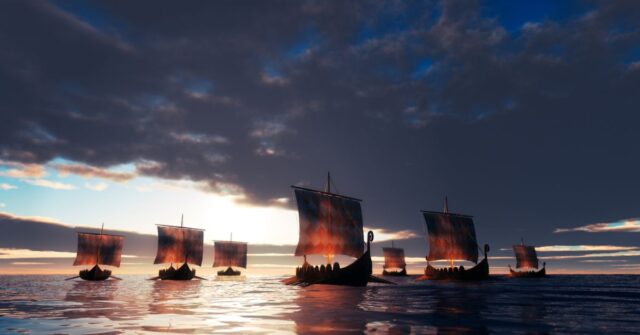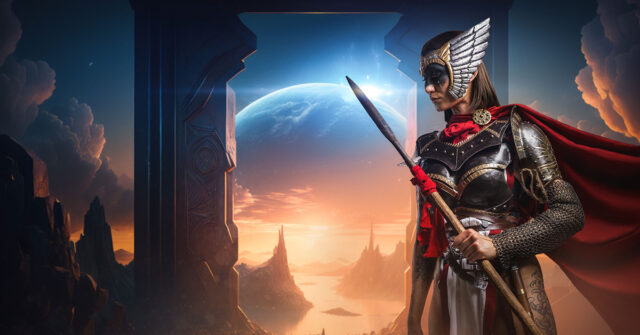The Viking Age, spanning from 793 to 1066 CE, is a significant period in European history, characterized by the extensive exploration, raiding, trading, and settling activities of the Norse people.
The end of this era marked a transformation in Scandinavian and European societies.
This comprehensive analysis delves into the various causes and effects of the end of the Viking Age, providing an in-depth understanding of this pivotal historical transition.
Introduction
The Viking Age saw Norsemen from Scandinavia venturing across Europe and beyond, leaving a lasting impact on the regions they touched.
Understanding the end of this age involves exploring a complex interplay of cultural, political, religious, and technological changes that reshaped their world.
This article aims to cover these aspects comprehensively, offering valuable insights into the causes and effects of the Viking Age’s conclusion.
The Viking Age: An Overview
The Viking Age began with the notorious raid on the Lindisfarne Monastery in 793 CE.
Norsemen from Denmark, Norway, and Sweden utilized their advanced seafaring skills to raid and trade across Europe, Asia, and even North America.
These voyages were driven by a combination of economic, social, and environmental factors, including overpopulation, limited arable land, and the allure of wealth abroad.
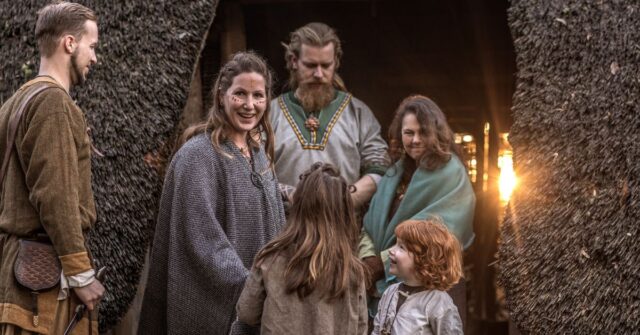

Origins and Expansion
The Viking Age saw the Norse people leveraging their superior shipbuilding and navigational skills to explore and settle in various parts of Europe, the Mediterranean, and the North Atlantic.
Their longships allowed them to navigate rivers and open seas with ease, facilitating their raids and trade expeditions.
As they expanded, they established trade routes, founded cities like Dublin and York, and integrated with local populations.
Key Figures and Events
Prominent Viking leaders like Harald Hardrada, Sven Forkbeard, and Cnut the Great played crucial roles during this era.
Their exploits and battles, such as the Battle of Stamford Bridge in 1066, are well-documented and highlight the Viking influence on European history.
These leaders not only conducted raids but also established lasting political entities, influencing the course of European politics and culture.
Major Causes of the End of the Viking Age
The decline of the Viking Age was not due to a single event but rather a combination of several interrelated factors.
These included religious transformations, political changes, technological advancements, and shifts in economic practices.


Christianization of Scandinavia
The spread of Christianity across Scandinavia played a significant role in the decline of Viking activities. As Norse societies converted to Christianity, their cultural and religious practices changed dramatically.
The new Christian ethos, promoted by rulers like Olaf Tryggvason and Harald Bluetooth, discouraged raiding and promoted more peaceful interactions with other Christian nations.
Monasteries and churches, once prime targets for raids, became centers of learning and cultural exchange.
Political Centralization and State Formation
The unification of Scandinavian territories into centralized kingdoms reduced the internal conflicts that had previously fueled Viking expeditions.
Leaders like King Harald Fairhair of Norway consolidated power, creating more stable political entities.
This centralization allowed for better defense mechanisms against external threats and reduced the need for violent expansions.
Increased European Resistance
As European nations became more organized and fortified, they developed stronger defenses against Viking raids.
Coastal fortifications, improved military tactics, and the consolidation of kingdoms such as England made it increasingly difficult for Vikings to conduct successful raids.
The Battle of Stamford Bridge in 1066, where King Harold Godwinson defeated Harald Hardrada, is a prime example of growing European resistance.
Economic and Social Transformations
The integration of Scandinavian economies into broader European trade networks diminished the profitability of raiding.
As Vikings settled and became more involved in trade and agriculture, the focus shifted from raiding to more sustainable economic activities.
The emergence of stable economic opportunities within Scandinavia also reduced the allure of raiding for wealth.
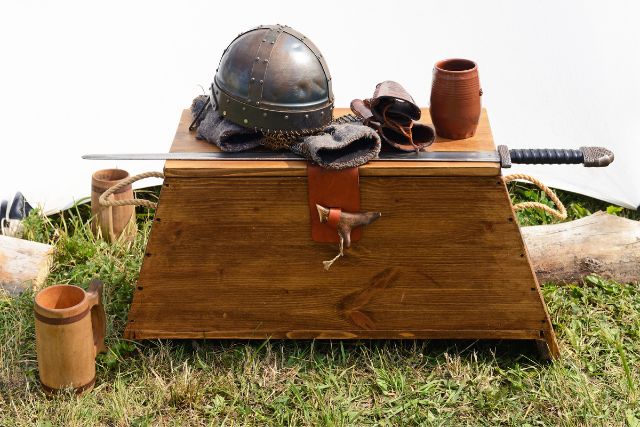

Technological Advancements
Technological innovations in shipbuilding and navigation initially gave Vikings an edge, but these advancements were eventually adopted by other European powers.
This diffusion of technology neutralized the Vikings’ maritime superiority, making their raids less effective. Additionally, improvements in European defenses further thwarted Viking incursions.
The Impact of Christianization
The Christianization of Scandinavia brought profound changes to Norse society, impacting various aspects of life, from religion to politics, art, and daily practices.
Religious Shifts and Cultural Integration
The conversion to Christianity introduced new religious beliefs and practices, replacing the old Norse pagan traditions.
This shift led to the integration of Scandinavian societies into the broader Christian cultural sphere, fostering closer ties with other Christian nations and diminishing the cultural impetus for raiding.
Political Changes and Consolidation
Christianity played a crucial role in the centralization of political power in Scandinavia. Christian kings used the new religion to legitimize their rule and consolidate their territories.
This political consolidation reduced internal strife and facilitated more stable governance structures.
Transformation in Art and Literature
The introduction of Christianity influenced Scandinavian art and literature, blending traditional Norse elements with Christian motifs.
Crosses and other Christian symbols began appearing in artifacts, while literature incorporated stories of Christian saints alongside Norse gods.
This cultural synthesis reflected the broader integration of Norse and Christian traditions.
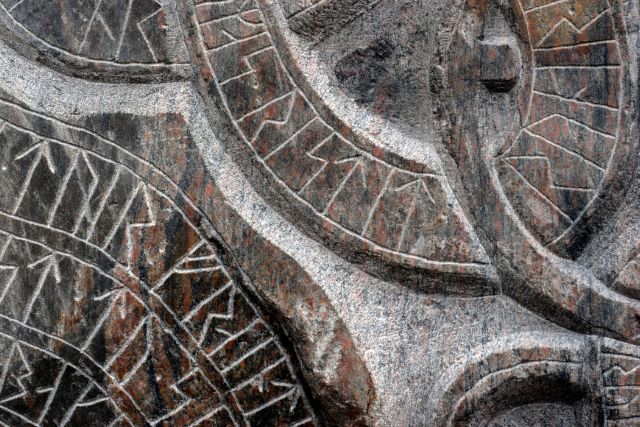

Social and Daily Life Alterations
Christianity affected everyday life in Viking societies, changing social norms and practices. Churches became central to community life, serving as places of worship, social gatherings, and cultural exchange.
Christian holidays and rituals were adopted, further embedding the new religion into daily routines.
Political Changes in Scandinavia
The end of the Viking Age was marked by significant political transformations within Scandinavian societies, driven by the unification of territories and the establishment of centralized kingdoms.
Unification of Norway
King Harald Fairhair’s efforts to unite Norway under a single rule were pivotal in ending the Viking Age.
His consolidation of power reduced internal conflicts and created a more stable political entity, capable of defending against external threats and maintaining internal order.
Formation of the Danish Kingdom
Similarly, the unification of Denmark under leaders like Harald Bluetooth and Sven Forkbeard contributed to the decline of Viking activities.
The establishment of a centralized Danish kingdom provided stability and reduced the need for external raiding as a means of gaining wealth and power.
The Role of Kings and Leaders
Key figures such as Olaf Tryggvason and Cnut the Great played crucial roles in the political consolidation of Scandinavian territories.
Their efforts to establish centralized rule and promote Christianity were instrumental in transforming Viking societies and ending the era of widespread raiding.
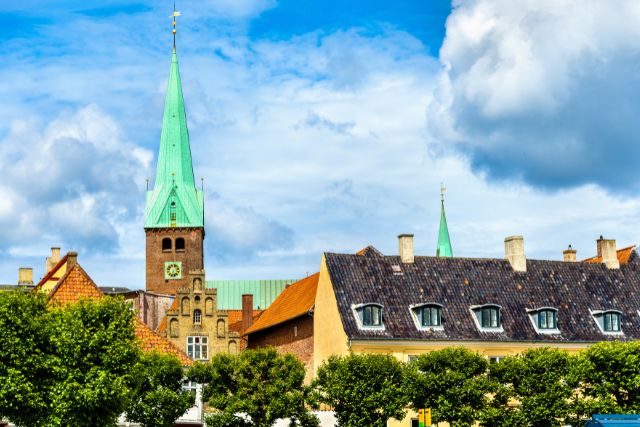

European Response to Viking Raids
European societies developed various strategies to defend against Viking raids, leading to increased resistance and the eventual decline of Viking influence.
Military Strategies and Defenses
European kingdoms adopted new military strategies and fortifications to protect against Viking incursions.
Coastal defenses, fortified towns, and improved military coordination helped deter Viking raids and protect vulnerable communities.
Key Battles and Turning Points
Several key battles marked turning points in the decline of the Viking Age.
The Battle of Stamford Bridge in 1066, where King Harold Godwinson defeated Harald Hardrada, effectively ended major Viking incursions into England.
This battle, along with others, showcased the growing military capabilities of European powers.
Development of Coastal Fortifications
European coastal regions developed extensive fortifications to guard against Viking raids.
These defenses included fortified towns, watchtowers, and improved naval patrols, making it increasingly difficult for Viking raiders to launch successful attacks.
Economic Shifts in Viking Society
The end of the Viking Age was marked by significant economic changes, as Viking societies transitioned from raiding to trading and agriculture.
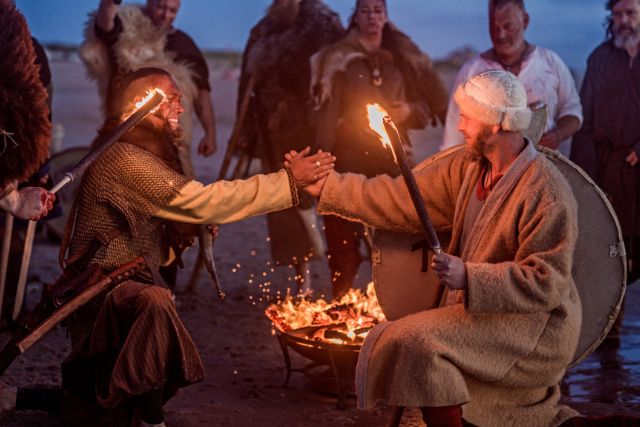

Transition from Raiding to Trading
As European defenses improved and raiding became less profitable, Viking societies shifted their focus to trade.
This transition was facilitated by the extensive trade networks established during the Viking Age, allowing for more sustainable economic activities.
Agricultural Developments
Advancements in agriculture and the availability of arable land within Scandinavia reduced the need for external raiding.
Improved farming techniques and the establishment of stable settlements supported a growing population and a more sustainable way of life.
Integration into European Trade Networks
Viking societies became increasingly integrated into broader European trade networks, engaging in commerce with other regions.
This integration provided new economic opportunities and reduced the reliance on raiding as a means of acquiring wealth.
Technological and Maritime Innovations
Technological advancements played a crucial role in the Viking Age, but the diffusion of these innovations also contributed to the decline of Viking supremacy.
Advancements in Shipbuilding
The Vikings were renowned for their shipbuilding skills, which allowed them to construct versatile longships capable of navigating both open seas and shallow rivers.
These advancements facilitated their raiding and trading activities across vast distances. The clinker-built method, which involved overlapping planks, made their ships light, strong, and flexible.
This method was pivotal in enabling their extensive maritime expeditions.


Navigation Techniques
The Vikings employed advanced navigation techniques for their time, such as the use of the sunstone, a type of crystal that helped locate the sun on cloudy days, and the sun compass, which allowed them to maintain their course.
These innovations, combined with their knowledge of astronomy and seamanship, enabled them to travel far and wide, from the coasts of North America to the rivers of Russia.
Diffusion of Viking Maritime Technology
As Viking technology spread, other European powers began to adopt and adapt these innovations.
The mastery of Viking shipbuilding and navigation was no longer unique to the Norse, diminishing their maritime advantage.
European kingdoms improved their own fleets, making it harder for Vikings to dominate the seas and continue their raids unchallenged.
Long-Term Effects of the Viking Age
The Viking Age left a lasting legacy that can still be observed in various aspects of modern European culture, politics, and economy.
Cultural and Linguistic Legacy
The Vikings significantly influenced the cultures and languages of the regions they settled in or interacted with. Many English words, such as “sky,” “egg,” and “knife,” have Old Norse origins.
Place names in the British Isles, like “Dublin” and “York,” reflect Viking settlements. The Norse myths and sagas continue to captivate and influence modern literature and entertainment.


Impact on European Politics
The political landscape of Europe was shaped by the Viking Age.
The establishment of the Duchy of Normandy by Viking leader Rollo and his descendants played a pivotal role in European history, including the Norman Conquest of England in 1066.
Viking-descended rulers like Cnut the Great integrated Scandinavian and European politics, creating a legacy of interconnectedness between these regions.
Enduring Economic Influences
The extensive trade networks established by the Vikings facilitated economic growth and integration across Europe.
Goods, ideas, and technologies flowed more freely between regions, laying the groundwork for the interconnected European economy of the Middle Ages.
The transition from raiding to trading also set a precedent for more peaceful economic interactions in subsequent centuries.
Conclusion
The end of the Viking Age was a multifaceted process influenced by religious, political, technological, and economic changes.
The Christianization of Scandinavia, the formation of centralized states, increased resistance from European nations, and technological diffusion all contributed to the decline of Viking activities.
However, the legacy of the Vikings endures in the cultural, political, and economic fabric of modern Europe, demonstrating the profound and lasting impact of this remarkable era in history.
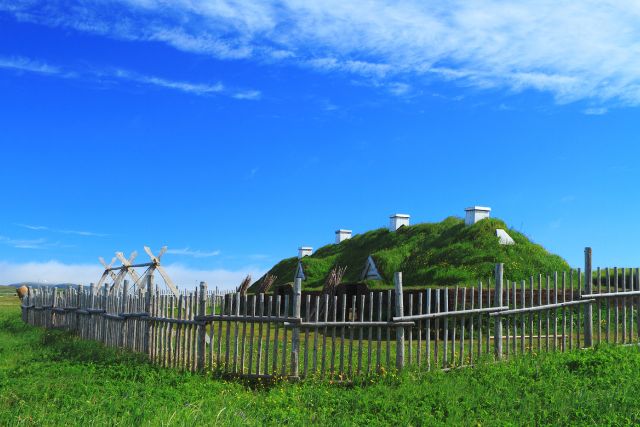

Summary of Causes
In summary, the end of the Viking Age was not the result of a single event but rather a combination of factors.
- The spread of Christianity transformed Norse societies, reducing the cultural impetus for raiding.
- The consolidation of political power created more stable states capable of defending against external threats.
- Improved European defenses and military strategies made raiding more challenging.
- Economic shifts towards trade and agriculture provided more sustainable ways of life, while technological advancements were adopted by other powers, leveling the playing field.
Lasting Legacy of the Vikings
The Vikings left an indelible mark on history, influencing the cultures, languages, politics, and economies of the regions they touched.
Their legacy can be seen in the modern place names, linguistic contributions, and enduring fascination with Norse mythology and sagas.
The Viking Age, though it ended centuries ago, continues to be a source of inspiration and intrigue, highlighting the enduring power of their impact on the world.








